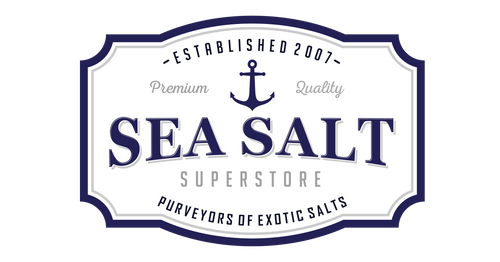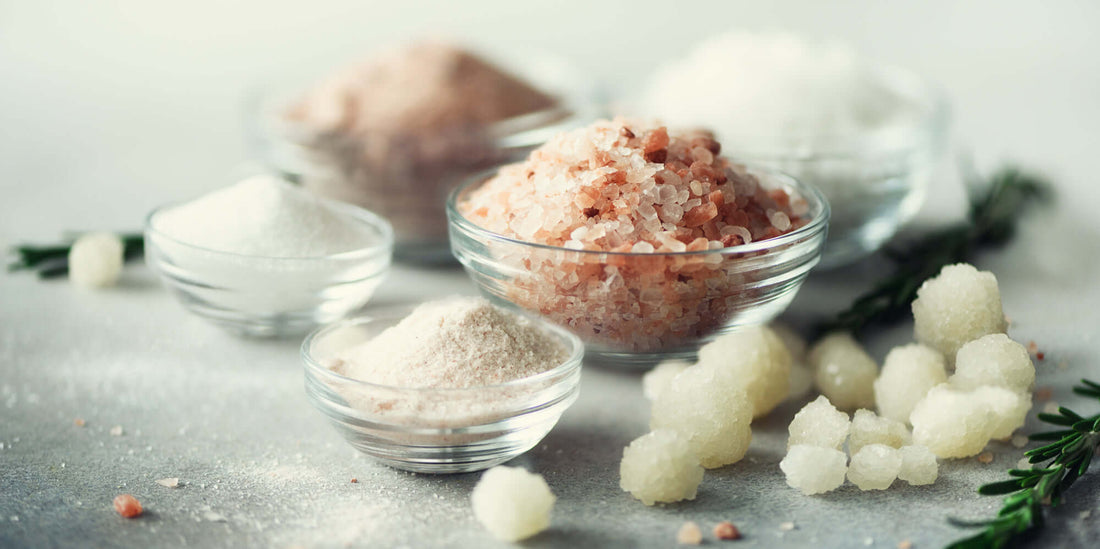Sea salt and Himalayan salt are two popular types of salt that offer distinct characteristics and flavors. One is driven by the sun and wind, while one has lived underground for millions of years.
Source: Sea salt is obtained from evaporated salt water, while Himalayan rock salt is mined from ancient salt deposits in the Himalayan mountain range. Both sea salt and rock salt have been collected by humans for at least 6,000 years.

Mineral Content: Both sea salt and Himalayan salt contain a variety of minerals, which contribute to their unique flavors and colors. Sea salt typically contains minerals like magnesium, calcium, and potassium, while Himalayan salt is known for its high mineral content, including iron, zinc, and trace elements.
Flavor: Sea salt has a clean, bright taste with a subtle briny flavor that enhances the natural flavors of food. Himalayan salt, on the other hand, has a milder flavor with hints of earthiness. Some people describe it as having a slightly sweeter taste compared to sea salt.
Texture: Sea salt is available in various textures, ranging from fine to coarse and even flakey. It can add a delightful crunch to dishes when used as a finishing salt. Himalayan salt is commonly found in larger crystals and is often used in salt grinders or as decorative salt blocks for cooking or serving, though we offer many grain sizes on this website.

Color: Sea salt can come in different colors, including white, gray, and even pink, depending on the minerals and impurities present in the water from which it was harvested. Himalayan salt is renowned for its distinctive pink color, which is due to its mineral content.
Culinary Uses: Both sea salt and Himalayan salt can be used in a similar way for cooking, baking, and seasoning. They can be used during cooking to enhance flavors, or as a finishing touch to add texture and visual appeal. Himalayan salt blocks are also popular for cooking and serving food, as they can impart a subtle saltiness to the ingredients.
Ultimately, the choice between sea salt and Himalayan salt comes down to personal preference and the specific qualities you're seeking. Some people prefer the more pronounced flavor and varied textures of sea salt, while others appreciate the unique mineral composition and delicate flavor of Himalayan salt. It can be fun to experiment with both varieties and see which one best suits your taste and culinary needs.




